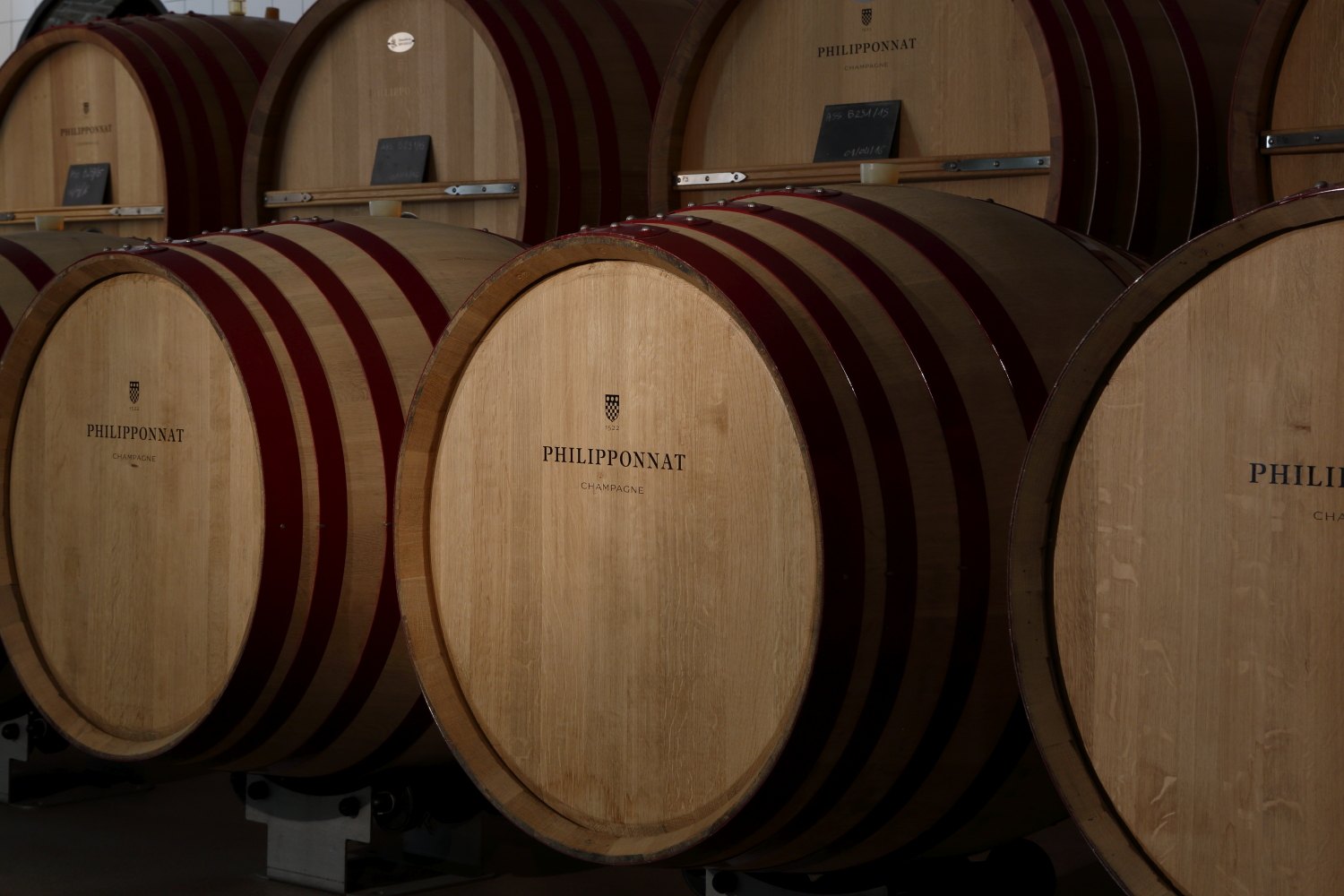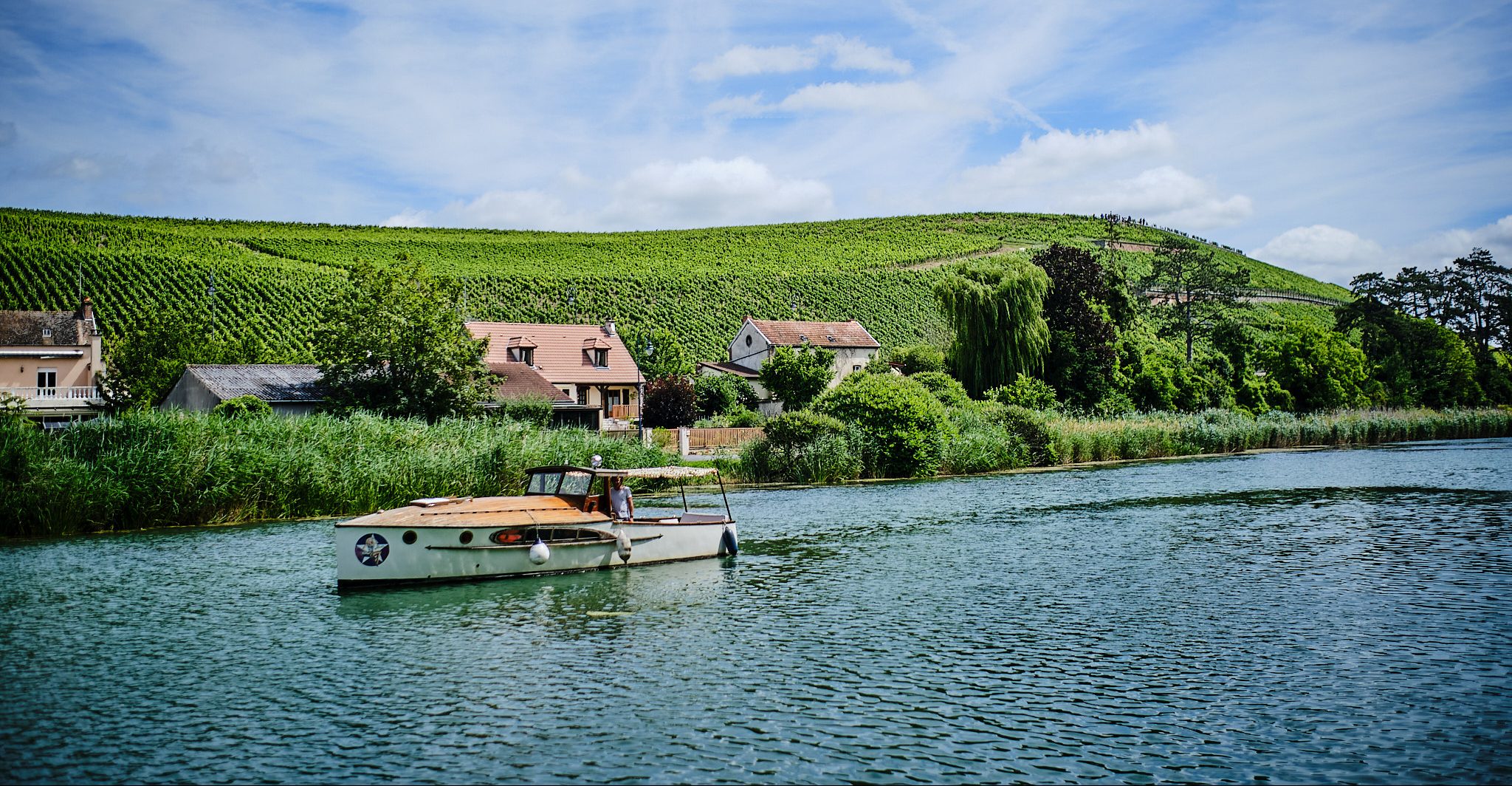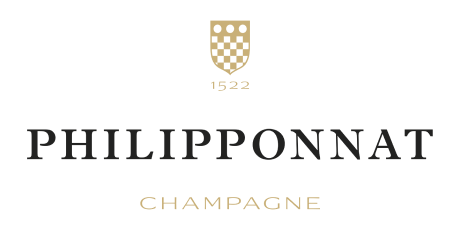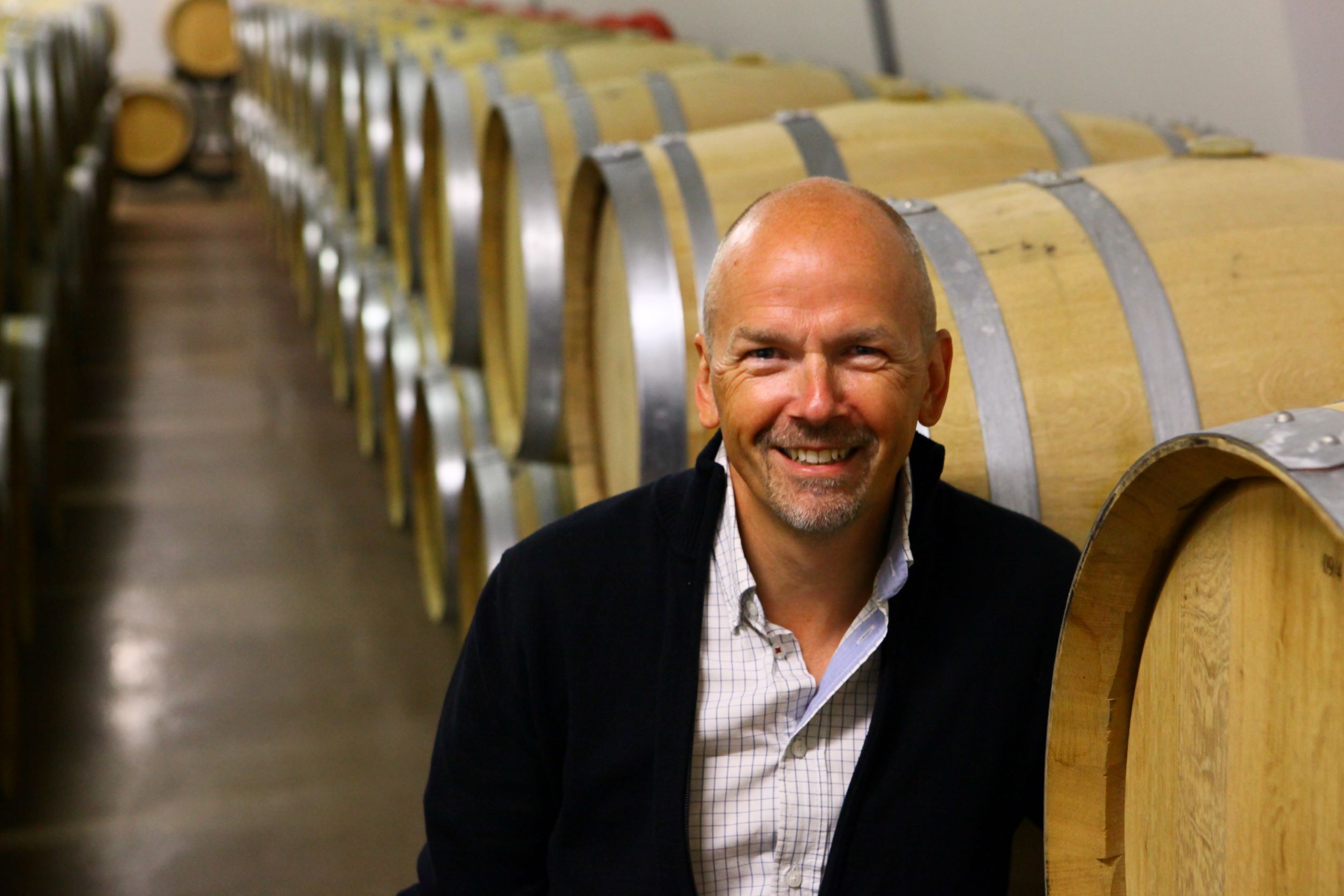
Now that the 2021 harvest has just ended, we meet with Thierry Garnier, the house’s cellar master, to receive his first impressions
Thierry, what is your assessment of the 2021 harvest?
We had a very complicated growing season, but the quality of our harvest is excellent, which is the main thing. We would have been justified in fearing the worst after the very bad weather conditions that prevailed throughout the year. Some sectors were particularly affected; very high rainfall caused mildew, and in some places botrytis and powdery mildew. Our teams were able to react quickly, working with precision throughout the year, and great patience was required during harvesting to pick the grapes at the most opportune moment and adapt to the maturity of each plot. We were very exacting about sorting, and opted for quality over quantity, selecting only the finest grapes.
While the harvest was still in full swing, what were your first impressions of the grapes immediately after picking, as they arrived at the estate to be pressed?
From a technical point of view, I was very pleasantly surprised! It’s always difficult to predict, so soon after picking, how the grapes will evolve. But the musts we obtained during pressing are very good, with no oxidation and with lovely colours, maturity and great acidity. They bring to mind excellent years like 1996 and 2012. For each harvest, we ensure that the grapes are pressed as soon as possible after they arrive, and this has been truer than ever this year due to the low yields and extra attention we had to give to the grapes. This has had implications for organisation, but we achieved the desired results: we were able to distribute the must according to plan, in barrels for the Clos des Goisses parcel and Le Léon plot in Ay, and certain parcels in Mareuil-sur-Ay including La Rémissonne, and in vats for the others.
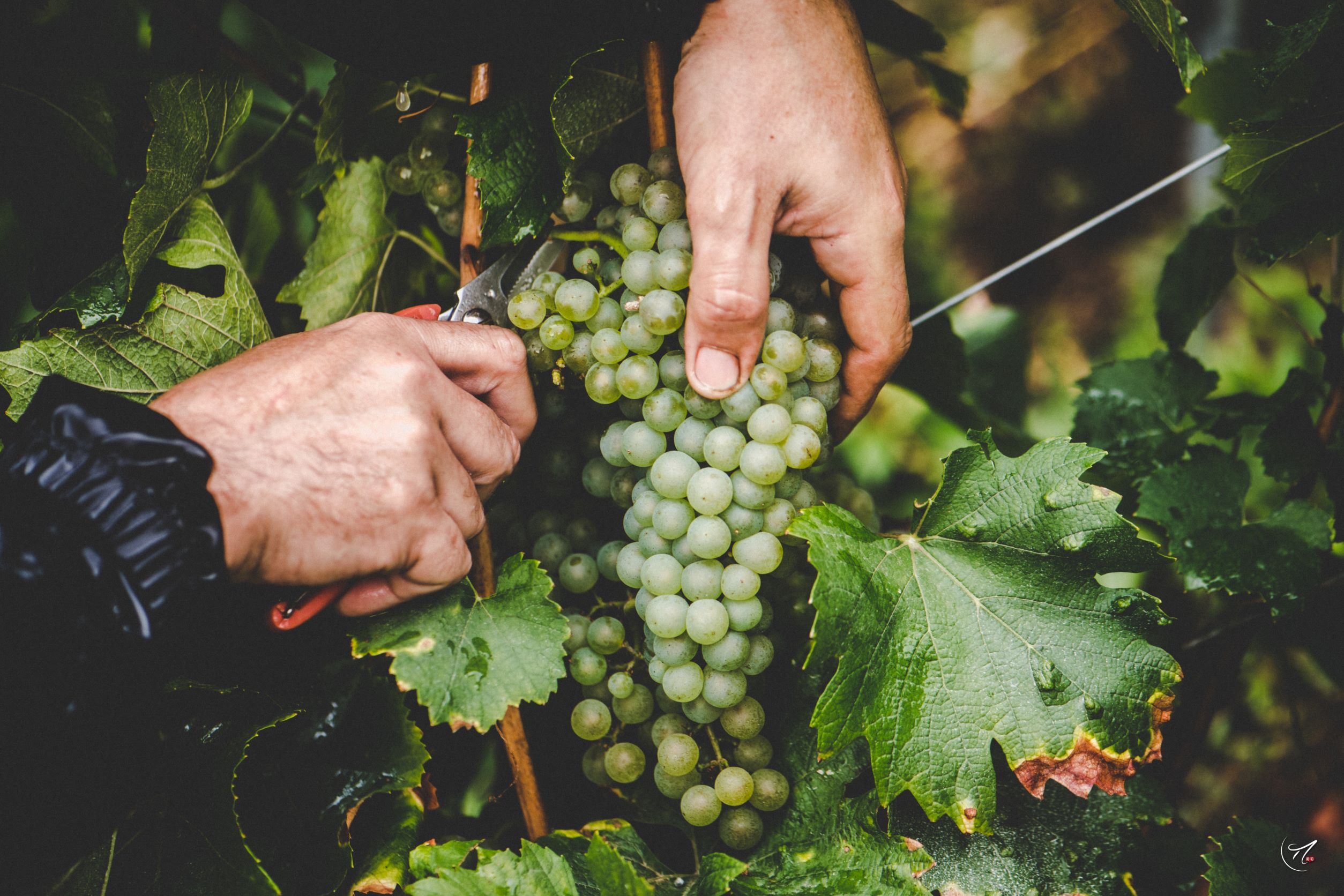
What are the prospects for the wines?
We are proud to have risen to the challenge presented by this harvest, which was not very abundant but well balanced! The work carried out throughout the year and the care given to the vines at all times meant that the grapes were of the highest quality. Nature sometimes has some pleasant surprises in store for us, even after a difficult year. Our choices in terms of integrated viticulture also enabled us to tailor our approach to the circumstances. For example, a few years ago we decided to plant loose-cluster Pinot Noir, which limits occurrences of rot (and the associated treatments) because the grapes are spaced out and the bunch is better aerated. These environmentally-responsible choices are also in evidence in the vat room and throughout the production process. I’m impatient to see what the profile of our wines will be in the future, especially this year when malic acid levels are high. To be continued…

